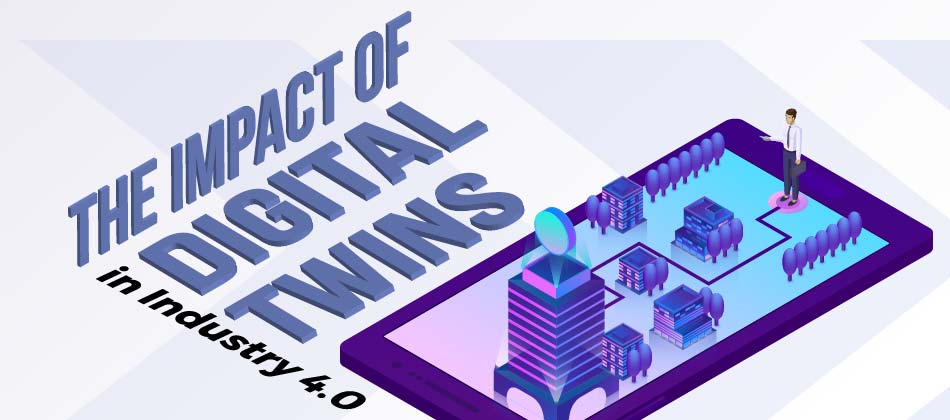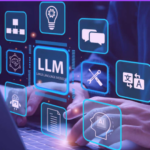Table of Contents
ToggleIntroduction
Industry 4.0 is revolutionizing the manufacturing sector by leveraging cutting-edge technologies to create smart, connected factories. One key technology that is driving this transformation is the concept of digital twins. A digital twin is a virtual replica of a physical object or system, providing real-time insights, predictive capabilities, and improved decision-making. In this blog, we will explore the impact of digital twins in Industry 4.0, their benefits, and the industries that are benefiting from this innovative technology.
Understanding Digital Twins
A digital twin is a digital representation of a physical asset, process, or system. It captures real-time data from sensors, machines, and other sources to create a virtual model that mirrors the physical counterpart. This virtual representation provides a wealth of information and enables analysis, simulation, and optimization of the physical asset or system.
Key Components of Digital Twins:
Physical Asset: Digital twins are created based on the physical asset or system, ranging from individual machines to entire production lines or even complete factories.
Real-Time Data Integration: Digital twins continuously gather data from sensors, IoT devices, and other sources to update and maintain an accurate representation of the physical asset.
Analytics and Simulation: Digital twins leverage advanced analytics, machine learning, and simulation techniques to analyze data, predict behavior, and optimize performance.
Benefits of Digital Twins in Industry 4.0
Digital twins offer a range of benefits that have a transformative impact on various industries:
Predictive Maintenance: By monitoring real-time data from sensors embedded in physical assets, digital twins can predict maintenance needs and identify potential issues before they occur. This helps optimize maintenance schedules, reduce downtime, and extend the lifespan of equipment.
Improved Efficiency and Optimization: Digital twins enable manufacturers to simulate and optimize production processes. By analyzing data and running simulations, they can identify bottlenecks, optimize workflows, and enhance overall efficiency.
Enhanced Product Development: Digital twins provide valuable insights during product development stages. They can simulate product performance, test different design scenarios, and identify opportunities for improvement, ultimately leading to better products and reduced time to market.
Remote Monitoring and Control: Digital twins enable remote monitoring and control of physical assets or systems. This allows for real-time visibility, remote troubleshooting, and the ability to make adjustments or optimizations from anywhere, improving operational efficiency and reducing costs.
Industries Leveraging Digital Twins
Digital twins have found applications across various industries, including:
Manufacturing: Digital twins are revolutionizing manufacturing processes by optimizing production lines, predicting equipment failures, and enabling real-time process monitoring and control.
Healthcare: In the healthcare sector, digital twins are being used to simulate and optimize patient care processes, enhance medical device development, and improve personalized treatments.
Energy and Utilities: Digital twins are utilized in the energy and utilities industry to monitor and optimize energy consumption, predict equipment failures, and optimize power generation and distribution.
Smart Cities: Digital twins play a crucial role in building smart cities. They enable the simulation and optimization of urban infrastructure, transportation systems, energy management, and environmental sustainability.
Conclusion
Digital twins are a cornerstone of Industry 4.0, offering manufacturers and industries the ability to create virtual representations of physical assets and systems. By leveraging real-time data, analytics, and simulation, digital twins provide valuable insights, predictive capabilities, and optimization opportunities. This technology enables improved efficiency, reduced downtime, enhanced product development, and better decision-making in industries ranging from manufacturing to healthcare and beyond.
As Industry 4.0 continues to unfold, the impact of digital twins will only grow stronger, transforming industries and revolutionizing the way we design, operate, and optimize physical assets and systems. The adoption of digital twins paves the way for increased productivity, reduced costs, and a more sustainable and connected future.



